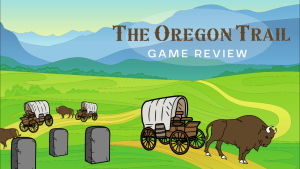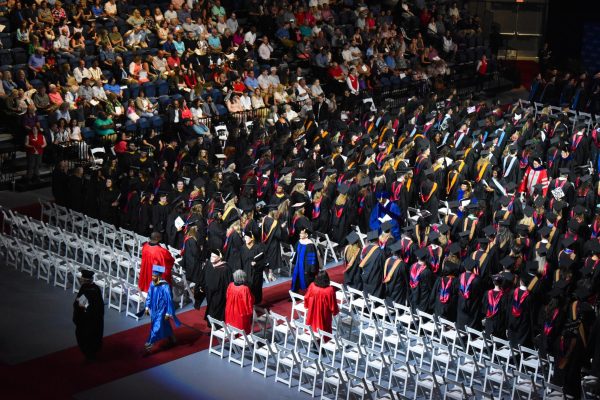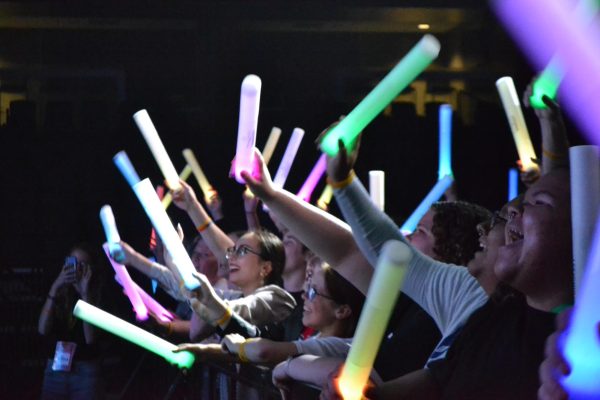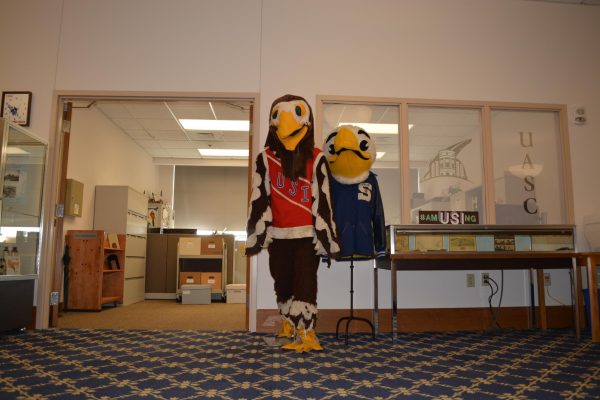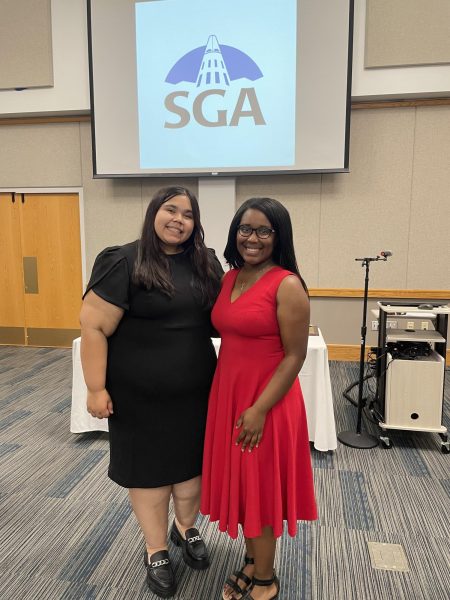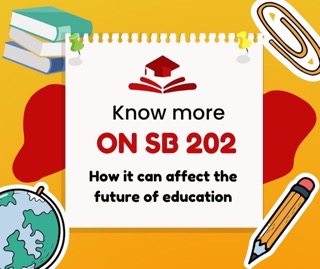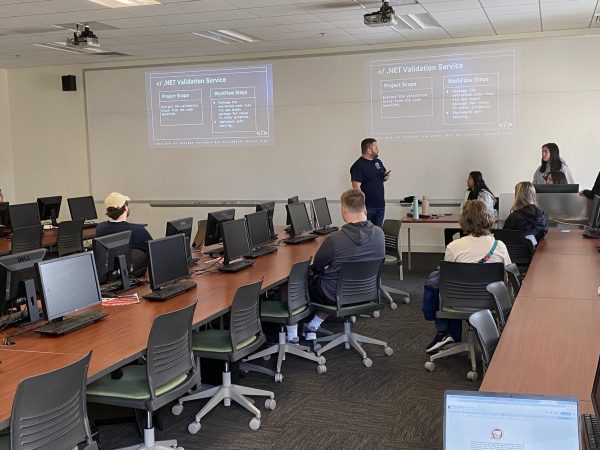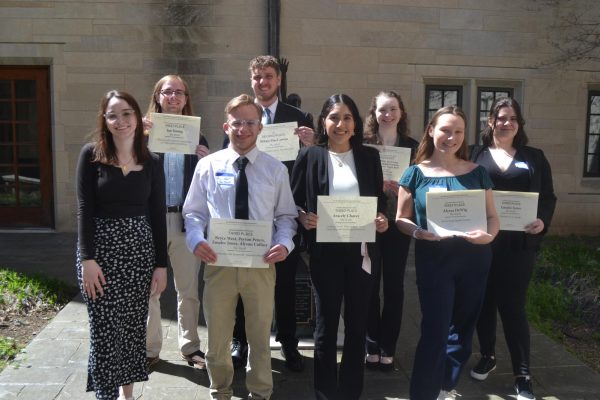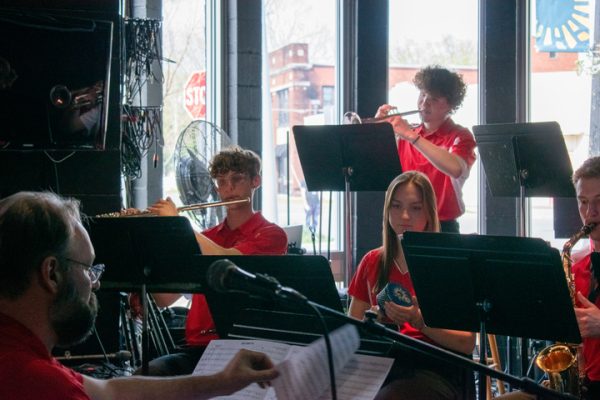Pandemic teaching: Stress vomiting, new technology and new appreciations
February 2, 2021
Professors and faculty share what they learned and experienced from the Fall 2020 semester, from stress vomiting to learning new technology.
Dean of Students Jennifer Hammat had the unique challenge of helping develop the new learning environment due to the pandemic.
“We’re asking folks to learn a new way to learn, for a lot of folks who’d never selected online learning,” Hammat said. “So, I would just continue to encourage my faculty brethren to do the hard work that they’re doing.”
Hammat said she couldn’t imagine lesson plans for an in-person class being changed to an online version. She said it is important for students to understand faculty is not always accessible just because they are on their computers more, but it has affected the way communication between students and professors occurs.
“It’s 1000 personal interactions that make people still know they’re valued and cared for here,” Hammat said. “I don’t know that I want to give that up after the pandemic.”
Jane Weatherred, assistant professor of advertising and public relations, taught mostly in-person classes during the Fall 2020 semester. She said most of her colleagues were not teaching in person.
Weatherred said that professors have been experiencing additional stress this semester. For Weatherred, she said she has experienced stress vomiting.
“Personally, I have never in my life had just spontaneous stress vomiting, and that’s how I now I think I lost 20 pounds,” Weatherred said. “I’m now a size six. I was a size 12.”
Weatherred said she believes, despite feeling healthy, vomiting was how her body was reacting to the added stress. She said some of her colleagues also experienced physical and mental reactions such as leg cramps and feeling unmotivated.
“This is college right, but I think we were very accommodating as professors, reopening quizzes giving people more time to get textbooks because the stress level was high,” Weatherred said.
Amanda Hyett, instructor in chemistry, taught both online and in-person classes during the Fall 2020 semester. Hyett said there were both positives and negatives to this experience.
Hyett said some challenges have been teaching mostly to black squares on Zoom and the different rhetoric of her in-person classes and her online classes.
“I know that my students have said that, you know, they have trouble focusing whenever we are in an online format,” Hyett said.
Hyett said it’s difficult to be in a class where the format feels temporary. She said the unknown is challenging for professors and students alike.
Before the pandemic, Hyett said she felt she was an office person. Now, she is finding that she is able to successfully work from home. She said she benefits from working online from the convenience of Zoom and not being limited to certain office hours.
She said everyone in classes are getting used to the stress that comes with working online.
“I think for our students, I think we’re becoming more acclimated which is good, but not always the best option,” Hyett said.
As a professor who mainly teaches nursing students, Hyett said she was used to having stressed students, but the students in the Fall 2020 semester seemed to have additional stress.
Hyett said being a teacher during this time is worth it. She said impacting even one student is worth it.
“You will touch someone with your presence and with your effort, and with your love; however, you show that. It’s all worth it,” Hyett said.
Curtis Price, associate professor of economics, said COVID-19 impacted everyone in some way, and it continues to. For Price, COVID-19 helped introduce new technology by necessity, such as Zoom.
“Learning the ins and outs, and how to use Zoom, was something that I had to do,” Price said. “Learning new technologies to foster communication is probably the most important thing.”
Price said he is trying to be more understanding about how students and people feel within the new pandemic environment. Price feels that not only are professors better understanding students, but students are better understanding professors.
“That’s one of the things that I think is really beautiful about what’s happening here. I think the students start to have a little bit of an understanding of what professors do also,” Price said. “I wouldn’t call it sympathy, but they understand that what I was trying to do was something that was on the fly, was kind of a rushed thing.”



